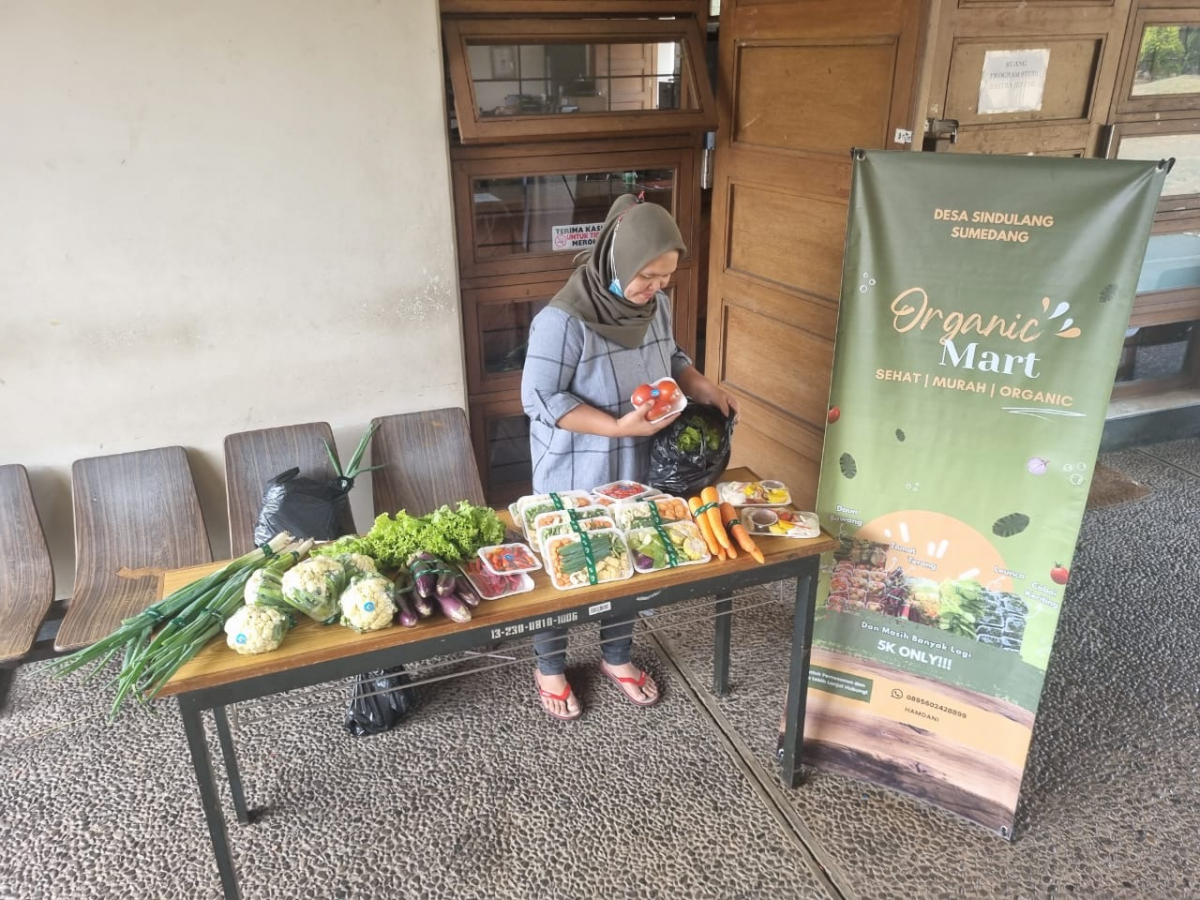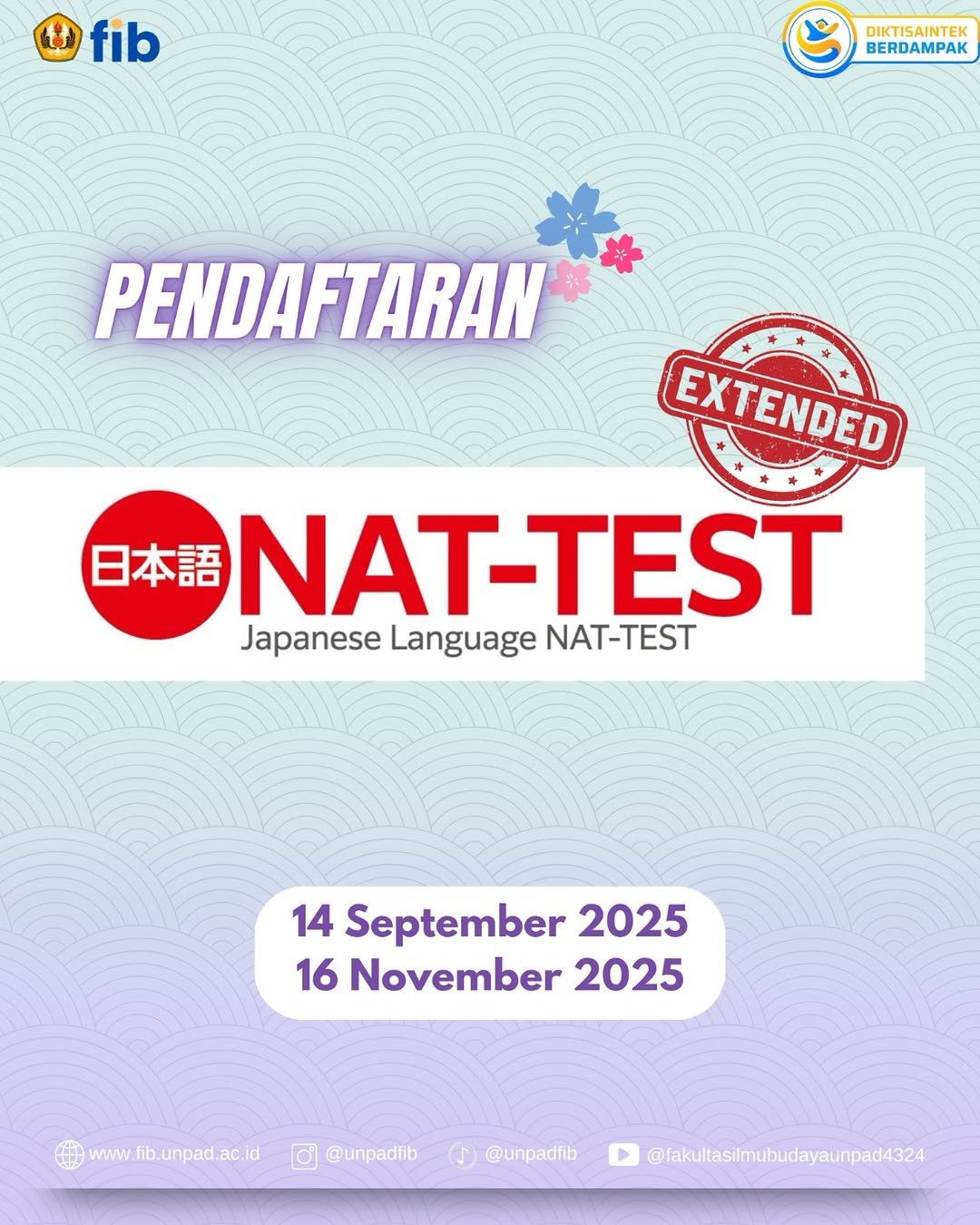Sundanese “Kecap Anteuran” from the Perspective of Japanese Onomatopoeia
An article titled “Sundanese ‘Kecap Anteuran’ from the Perspective of Japanese Onomatopoeia” has been published in Wacana, Journal of the Humanities of Indonesia. The study is authored by Yuyu Yohana Risagarniwa (Japanese Studies), Hera Meganova Lyra, and Rahmat Sopian (Sundanese Studies).
The research explores Kecap Anteuran (KA), a distinctive feature of the Sundanese language that functions as verb intensifiers. While KA often presents challenges in translation into European languages, the study shows that it is more comparable to Japanese linguistic forms, particularly giongo-gitaigo (onomatopoeia).
Using Tamori’s classification of Japanese onomatopoeia and a descriptive-qualitative approach, the authors analyze both sound-related and mentality-related expressions. The findings indicate that Sundanese KA, whether onomatopoeic or non-onomatopoeic, align with their Japanese counterparts in describing sensations, perceptions, emotional states, and activities.
The study concludes that Sundanese KA can be categorized across all six types of Japanese onomatopoeia proposed by Tamori: giseigo (human/animal sounds), giongo (environmental sounds), kankaku (sensation), kanjou (emotion), giyougo (movement and states of living beings), and gitaigo (movement and states of inanimate objects). Of the 65 Sundanese KA examined, 42 belong to the sound-related category, while the remaining are distributed across mentality-related categories. These results suggest that Sundanese, as the language of West Java, can be considered relatively equivalent to Japanese when viewed through this framework. The authors propose that Tamori’s classification could serve as a valuable analytical tool for future studies and highlight that Sundanese-speaking learners of Japanese may find translation between the two languages more accessible than between Japanese and Indonesian.
Congratulations to the authors on this publication.
Ferli Hasanah



